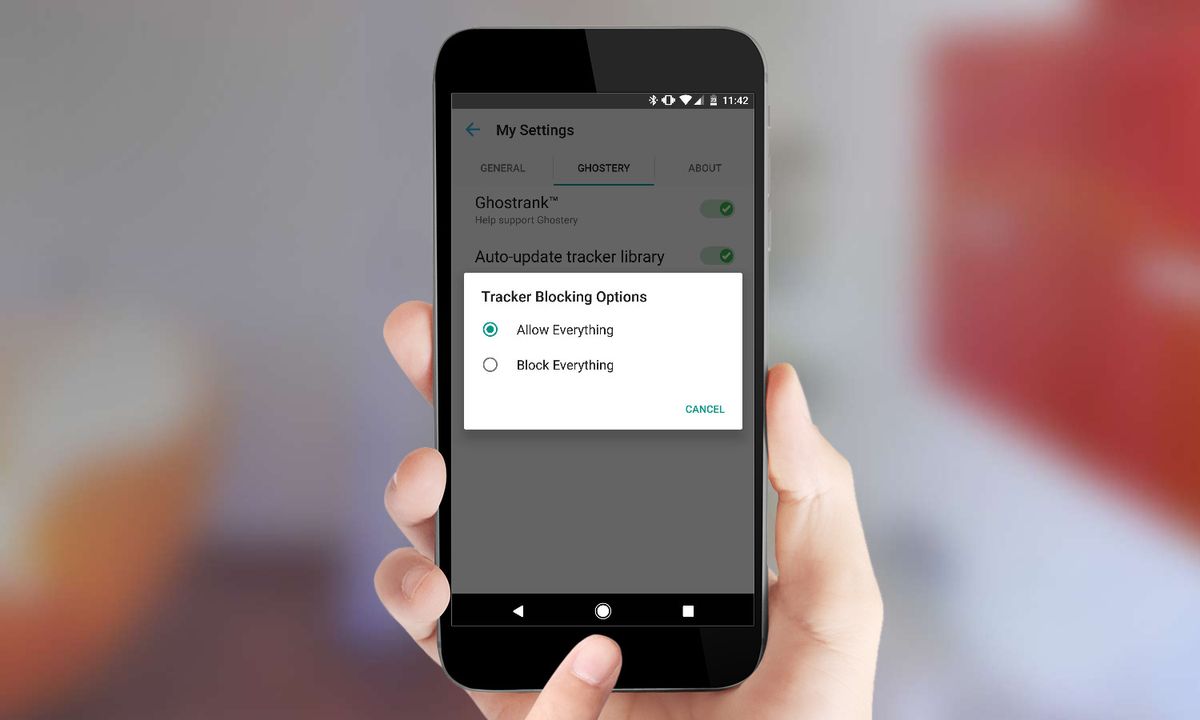How to Get Rid of Malicious Pop-Up Ads on Android
Understanding the Root Cause
Malicious pop-up ads can occur when malicious apps or scripts install cookies that redirect browsers to unwanted advertising pages. Often these issues are caused by unverified third-party app downloads or visiting suspicious websites. The cookies allow the bad actors to target specific devices for repeated advertising. To stop this, it’s important to identify the root cause app or script installing these cookies.

Resetting Your Google Advertising Identifier
One way malicious ads gain a foothold is through your device’s Google Advertising ID. Resetting this identifier stops existing cookies from targeting your device. To do so, open the “Google Settings” app, go to “Ads” and reset your advertising ID. This stops the malicious ad script from recognizing your device based on cookies set previously when you inadvertently visited infected sites. Always be cautious of downloading apps from untrusted sources going forward.
Scanning for Malicious Apps
If resetting your advertising ID doesn’t solve it, scan your device for potentially unwanted apps that could be the source. Popular antivirus apps like AVG, Kaspersky and McAfee include an app scanner to identify malicious software. Run a full device scan and uninstall any suspicious programs detected. Be sure to only download apps from reputable app stores to avoid reinfecting your device.
Checking the App Drawer
Another manual method is to carefully inspect all apps installed on your device through the app drawer or application settings menu. Specifically look for any programs listed without a clear naming convention or thumbnail image. These “unnamed apps” are suspicious as legitimate apps always have a unique name and icon set by developers. Once identified, immediately uninstall any mysterious apps to remove potential malware payloads.
Changing Your Device’s DNS Settings
If the issue persists even after scanning and uninstalling suspicious apps, take a look at your device’s DNS settings. Malicious programs sometimes modify these settings to redirect traffic through infected domain name servers. To fix it, access your wireless or mobile network settings and select a reputable public DNS like Google DNS or OpenDNS instead of any unusual options. Restoring the default DNS stops malware from hijacking browser traffic through compromised name resolution.
Switching to More Secure Browsers
As a last resort, consider temporarily switching to alternative browsers besides the default one that seemingly keeps redirecting to ads. More private browsers like Firefox Focus, Brave and Samsung Internet offer enhanced tracker blocking compared to Chrome or bundled browsers. A fresh browser might identify cookies responsible for the ad injections since they won’t carry over saved logins and data. Then slowly switch each default app back to ensure the root issue is permanently resolved.
Preventing Future Attacks
Once the malicious ads are gone, take additional precautions to avoid another infection. Only download apps from official stores, avoid untrusted links, enable device protection features like firewalls and regularly update all apps and systems. You can also opt your device into a more locked down security profile using methods specific to the Android version. With diligent protection upfront, your device will face fewer chances of being targeted by unwanted ads or other cyber threats in the future.
Conclusion
Through process of elimination, the tips in this guide help narrow down and remove the root cause behind annoying pop-up ads. By investigating the advertising identifier, scanning for malware, reviewing installed apps, changing DNS and switching browsers - the malicious cookies or routines targeting the device can be identified and purged. With proper ongoing security precautions then taken, users need not fall victim to similar adware problems again. Let me know if these steps help resolve your specific pop-up ad issue!

